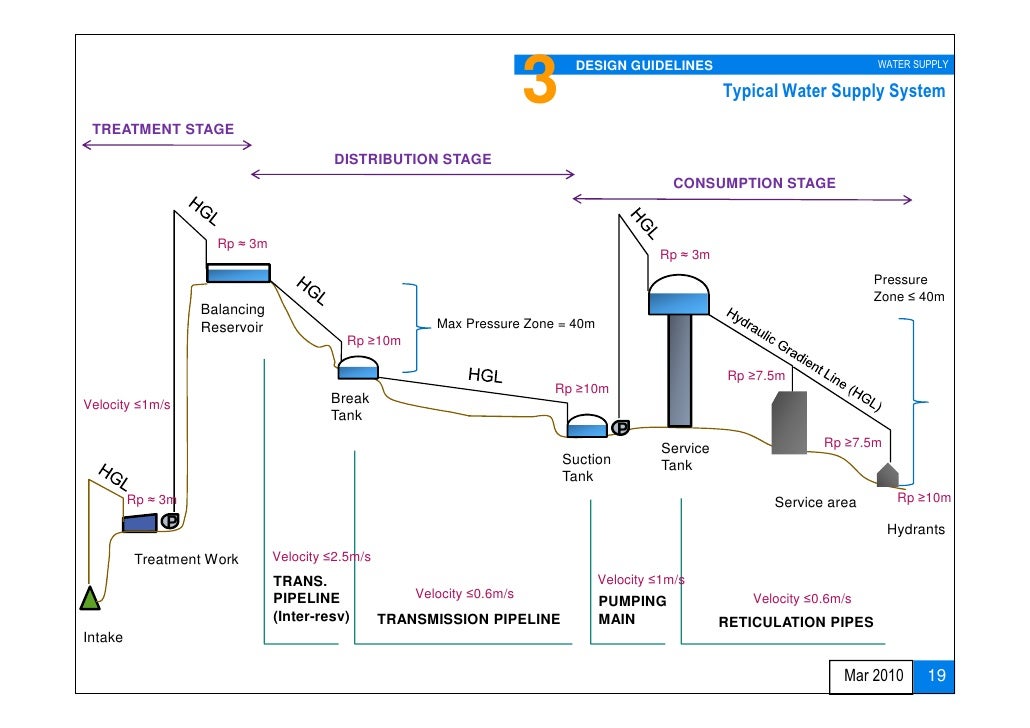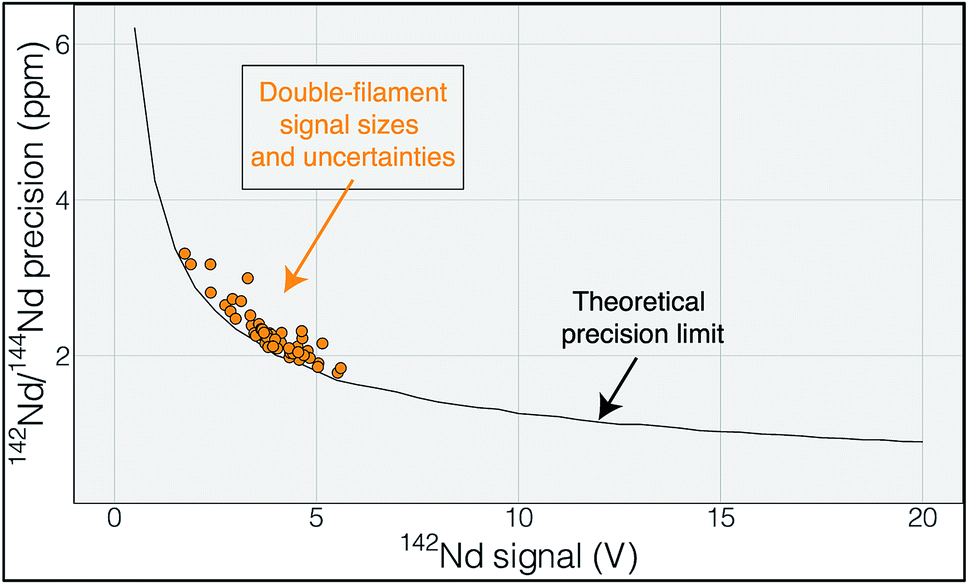Applicable in selection and planning of supply. Other manuals in this series are: EM 1110-3-161 Water Supply, Water Sources EM 1110-3-162 Water Supply, Water Treatment EM 1110-3-163 Water Supply, Water Storage EM 1110-3-164 Water Supply, Water Distribution EM 1110-3-166 Water Supply, Fire Protection 1-2. UFC 3-230-02 O&M: Water Supply Systems. Series: 3 - DISCIPLINE-SPECIFIC CRITERIA. 3-200: CIVIL / GEOTECHNICAL / LANDSCAPE ARCHITECTURE. This UFC provides general technical guidance for operating and maintaining potable water systems.
California’s Central Valley is known as one of the most productive agricultural regions on earth, but it was not always this way. For a long time, the Central Valley was ranching country. And then it was farming country, but was farmed “dry,” meaning without supplemental irrigation. It wasn’t until the population influx in the 1850s with the gold miners and the development of a pump that there was a drive to make the Central Valley intensively agricultural.
After decades of pumping water for irrigation in the Central Valley and a drought from 1928-1934, the Central Valley Project was conceived as a plan to ensure water supply reliability and protect it from floods.
Learning Objectives
After reading this section, you should be able to:
- Identify and critique the purposes of the Central Valley Project
- Anticipate the future crises for the Central Valley Project
The Central Valley typifies the challenge of California’s water supply. Most of the rainfall occurs in five months, from December to April. There is enough rain to regularly produce flooding in these months. But when the needs of the plants are the greatest for food production (spring and summer), there is little natural rainfall. Pumping supplemental water made the groundwater levels drop significantly in the Central Valley causing subsidence. Diverting river flows for irrigation brought in the salt waters to the Sacramento-San Joaquin Bay Delta, which meant saltier water, sometimes unfit for irrigation, came inland.
The state of California authorized the California Central Valley Project Act of 1933 to sell bonds to fund the project. However, due to the Great Depression, the bonds didn’t sell. The federal government took control of the project with the Rivers and Harbors Act of 1935 and the project was finally approved in 1935 for construction by the federal Bureau of Reclamation, which eventually took over operation.
The Central Valley Project was authorized with three key elements in its mission: flood control, water for irrigation and power generation. Water quality was added later to the mission as well as recreation and fish and wildlife enhancement.

Although the Central Valley Project is the largest of the federal water reclamation projects and includes reservoirs capable of storing 11 million acre-feet of water, it has a fairly simple structure. Water is stored in Shasta Reservoir and Shasta Dam acts as flood control for the Sacramento River. The Trinity River supplements the Sacramento River. The San Joaquin River supplies areas south of the Delta.



The Central Valley Project shares some facilities including San Luis Reservoir with the State Water Project. The photo below shows Shasta Dam, which is exclusively used by the Central Valley Project.
Misconception Alert!
Many people believe that Shasta Lake is part of the State Water Project. As you learned in this section, this is part of the Central Valley Project. The State Water Project has another larger reservoir that stores water in Northern California, Lake Oroville. These reservoirs are typically confused by many people.
The Central Valley Project Improvement Act in 1992 allocated water for fishery restoration. This is similar to Decision 1631 in that a water development project was re-evaluated with current environmental norms. The allocation for fishery restoration is 800,00 AFY, which is perceived as enormous by some.This was a considerable change in the mission of the Central Valley Project from water supply reliability, irrigation, and power generation to fish and wildlife enhancement.
Try It!
- Compare and contrast the Los Angeles Aqueduct and Central Valley Project.
- Investigate potential challenges to the Central Valley Project in the future.
Key Terms
2.2 Source Design Water Supply System In Building
California Central Valley Project Act of 1933—Authorized by the state of California to sell bonds to fund the Central Valley Project. However, due to the Great Depression, the bonds didn’t sell.
2.2 Source Design Water Supply System
Central Valley Project Improvement Act in 1992—Allocated water for fishery restoration in the Central Valley Project
2.2 Source Design Water Supply System Ppt
Rivers and Harbors Act of 1935—Authorized by the federal government to fund the Central Valley Project in 1935 for construction by the federal Bureau of Reclamation
